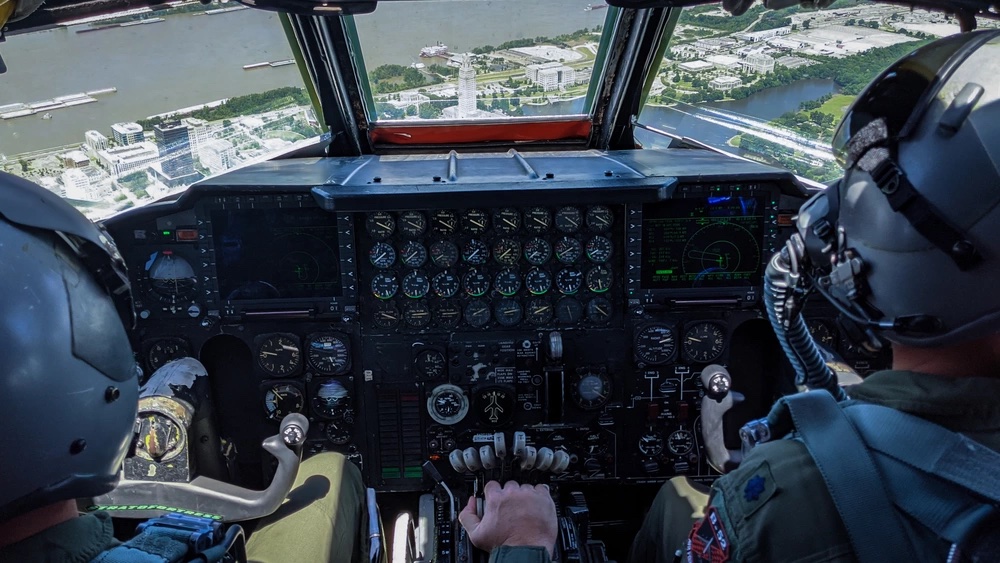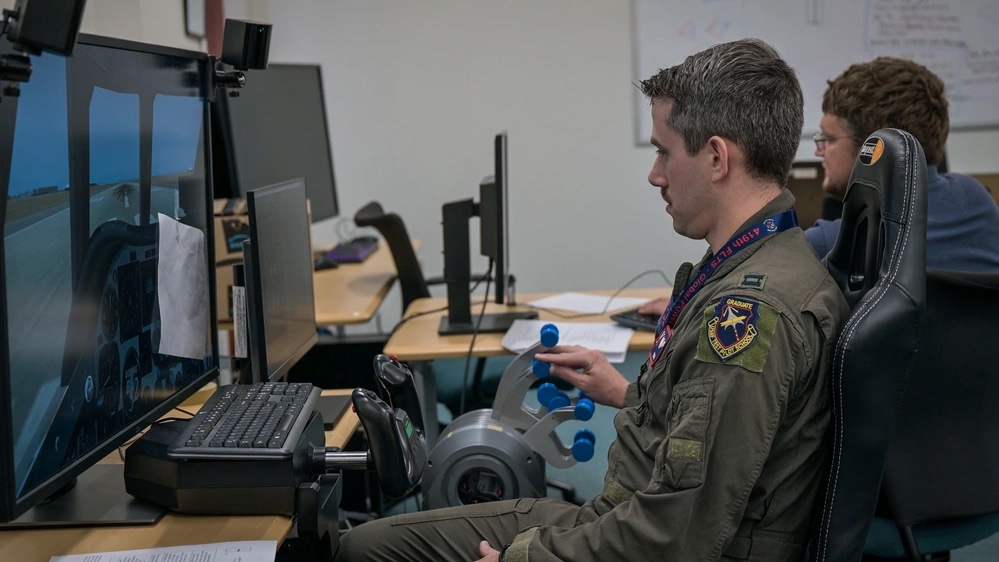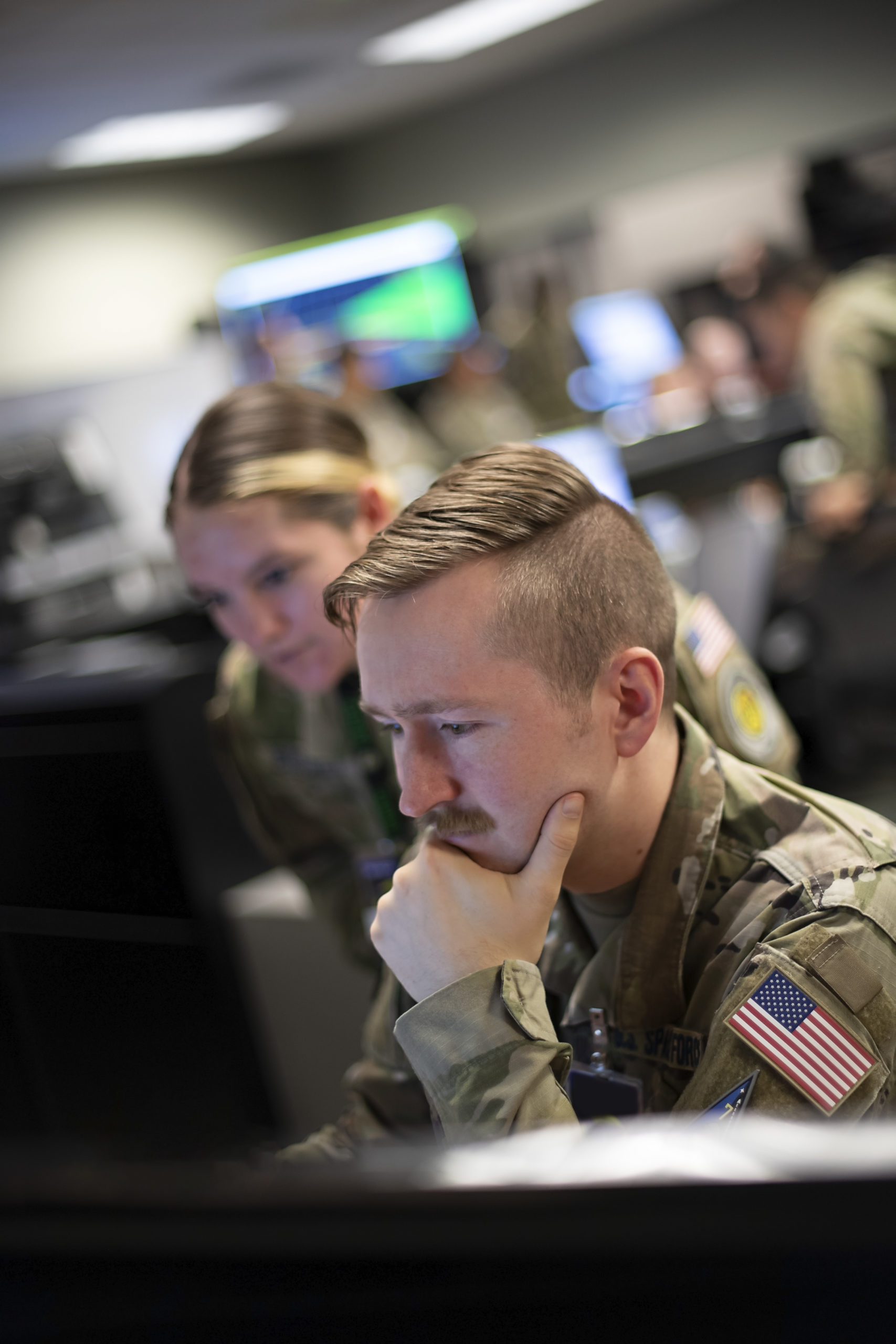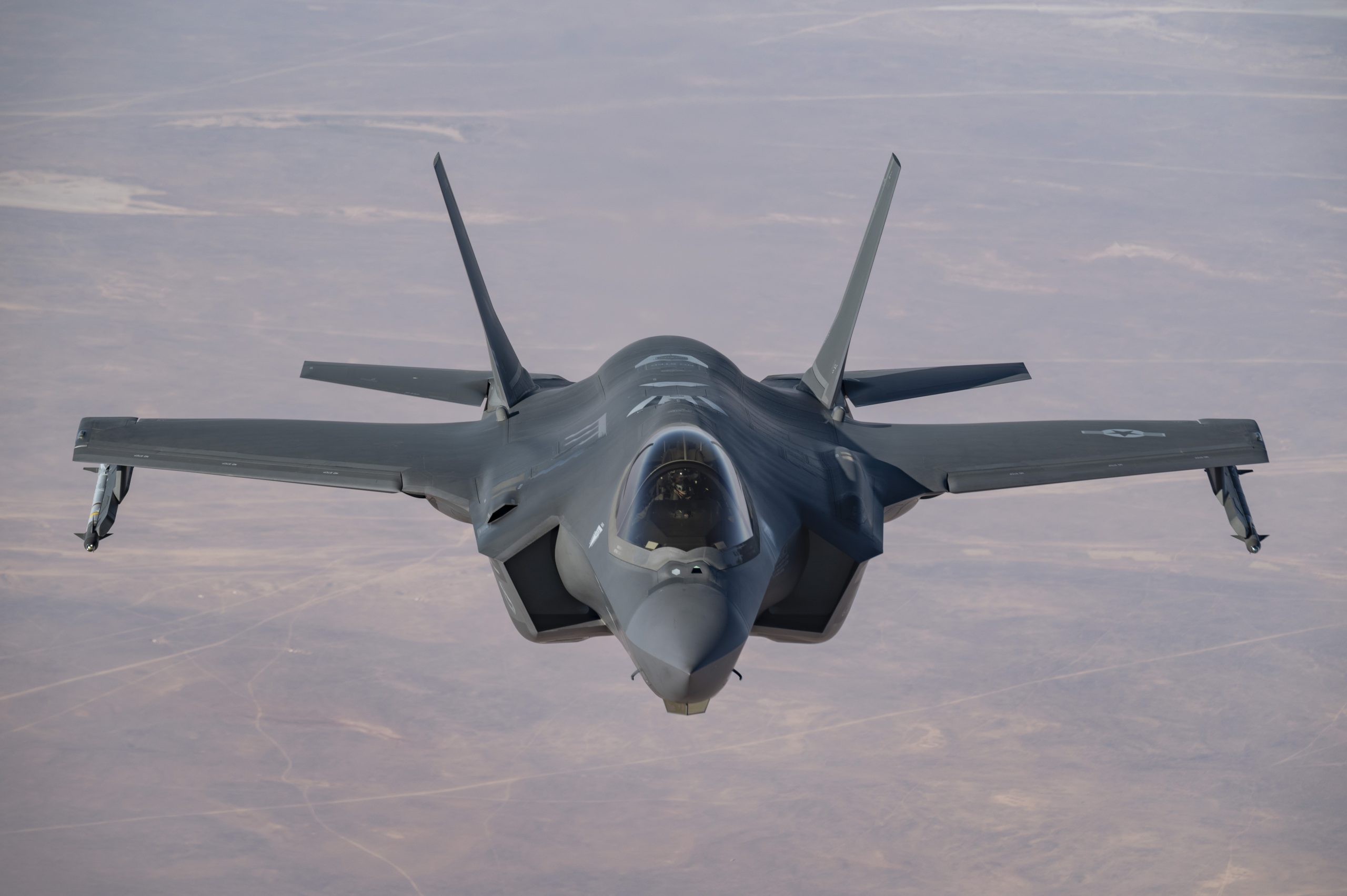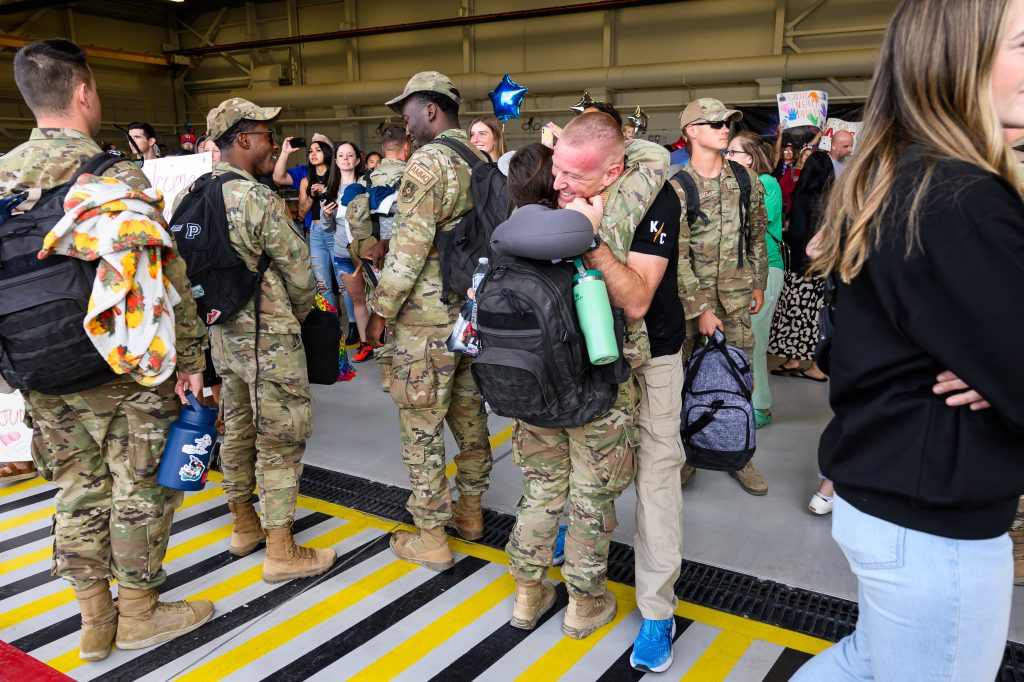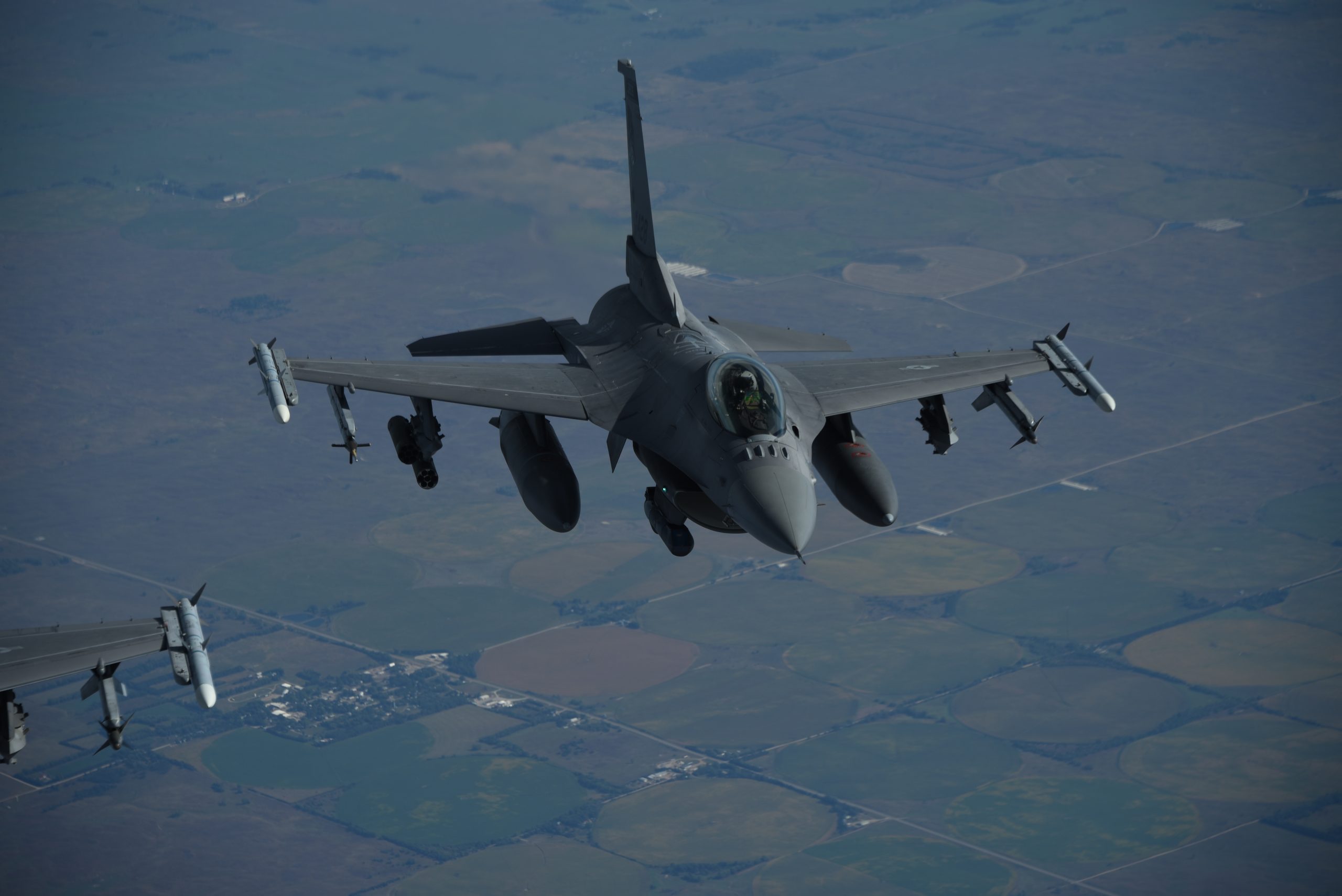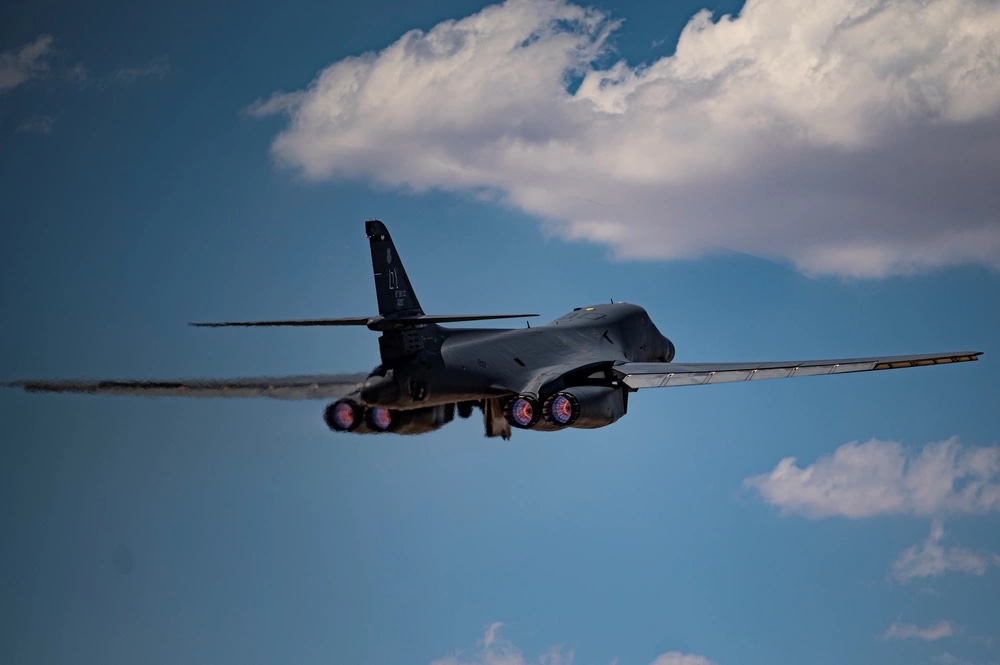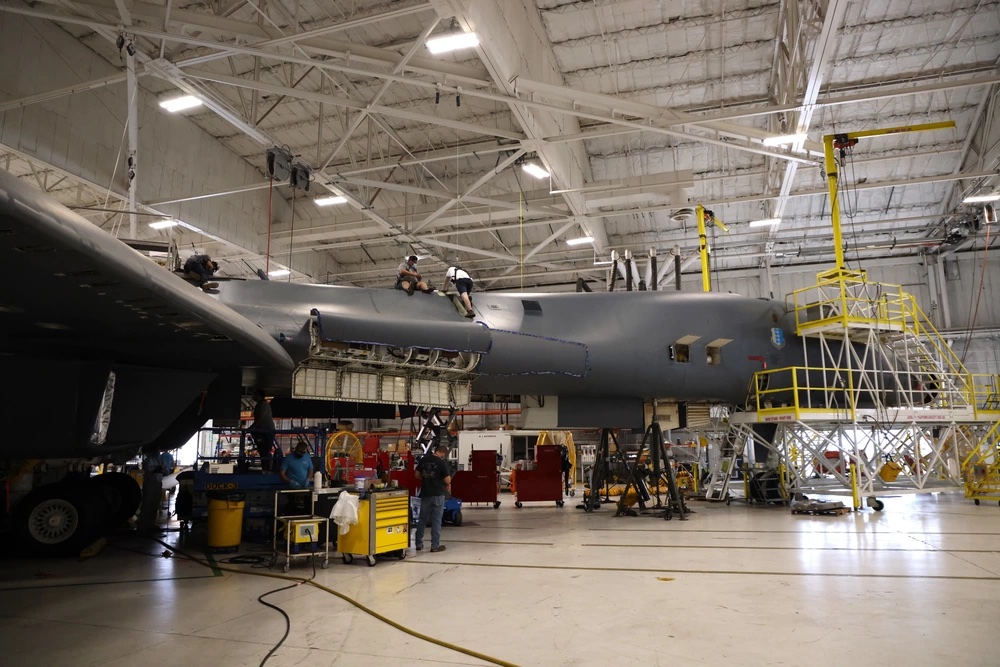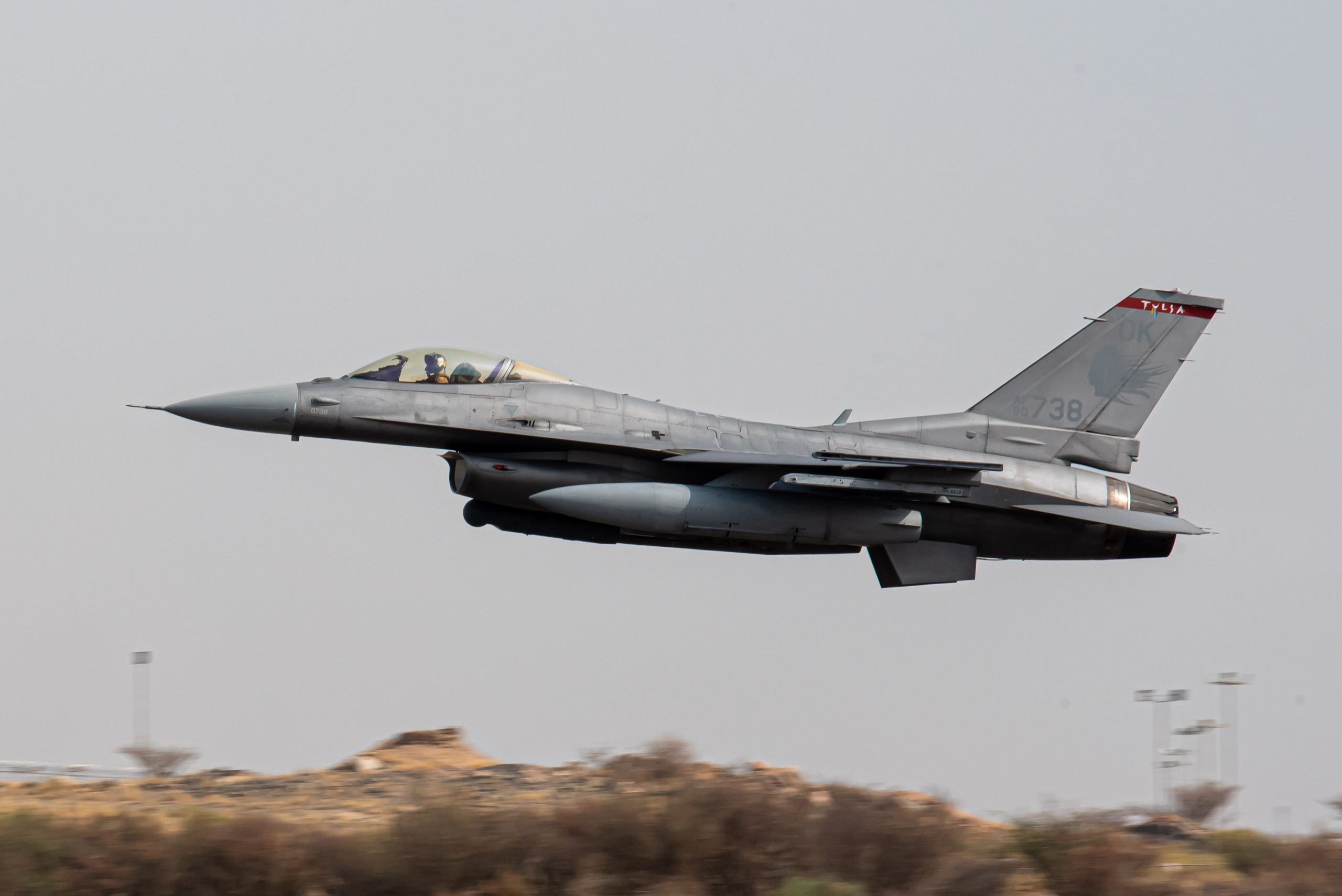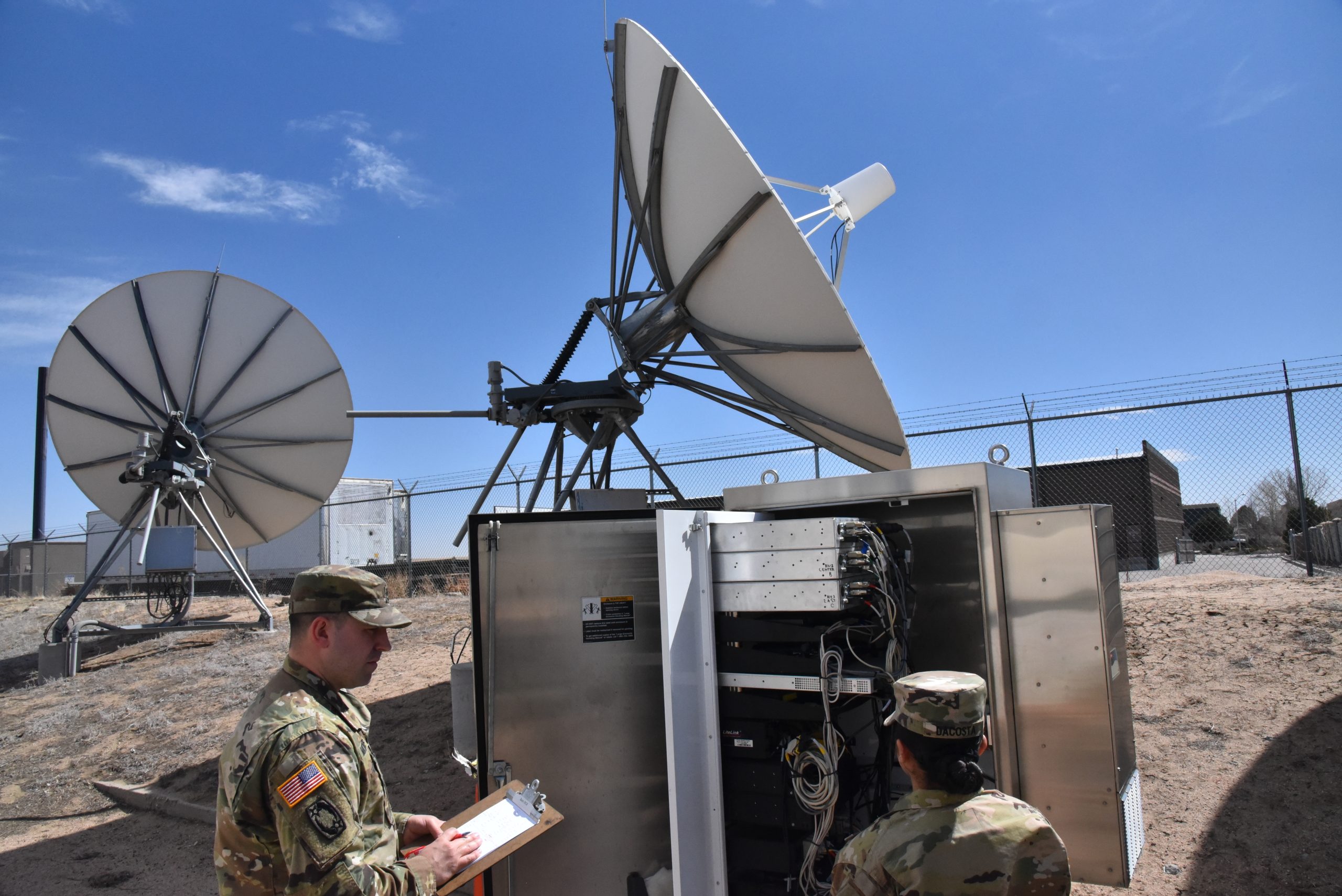It took five years of collaboration for the National Reconnaissance Office and the Department of the Air Force to launch the SILENTBARKER satellites that are now tracking and monitoring activity in geosynchronous orbit. And it will take a similar effort between NRO and the Space Force to develop next-generation moving target tracking capabilities in space, the No. 2 NRO official said Oct. 10.
NRO Deputy Director Maj. Gen. Christopher Povak, a Space Force officer, said NRO and the Space Force will build on the “magnificent partnership” that yielded SILENTBARKER, from the crafting of requirements through design, acquisition, and deployment, to produce a future targeting system.
“That same strategy is exactly what we’re doing with moving target indication, or MTI,” Povak said.
The NRO’s intelligence, surveillance, and reconnaissance satellites are crucial assets, but their primary mission is intelligence gathering rather than real-time targeting. With the creation of the Space Force, however, leaders have voiced growing interest in providing tactical targeting from space, especially as the Air Force looks to retire aging ISR platforms like the E-8 JSTARS, noted retired Gen. Kevin P. Chilton, Explorer Chair at AFA’s Mitchell Institute, who moderated the event.
Space Operations Command boss Lt. Gen. Stephen N. Whiting said in May that discussions were still ongoing on whether or not the Space Force would field its own targeting satellites, rely on the NRO, or turn to commercial industry. Povak said the analysis is progressing, but not yet complete.
“NRO has decades of experience with ISR development, ISR operations,” said Povak. “Now that, coupled with the operational mindset and the capabilities of Space Force, and with our partners across the IC, are going to be relevant in how we define the requirements, which is certainly being led by the Department of Defense. How we manage the acquisition and the milestone decision authority for every key activity as we get from where we are in design into operational delivery, will be led by the DOD. And NRO will be responsible for now contracting and acquiring that [moving target indication] capability.”
Throughout the process, officials will use SILENTBARKER as a model, Povak said, even when it comes to operations. While much of the program remains shrouded in secrecy, Povak offered some details, explaining that it will allow the NRO to track smaller objects than previously possible and that the resulting data will be fed into U.S. Space Command’s National Space Defense Center.
Echoing Whiting’s prior comments, Povak said the NRO and Space Force have already agreed on a concept of operations for SILENTBARKER, ensuring both get the operational data they need. The program will work in concert with the Space Force’s existing Geosynchronous Space Situational Awareness Program (GSSAP), Povak said, which also monitors objects in the geosynchronous belt.
“SILENTBARKER is looking at the entirety of that geosynchronous belt consistently. And GSSAP is responsible for doing characterization to detect anomalies or provide intricate characterization of satellites in geosynchronous orbit,” Povak said. “It’s looking at one satellite at a time and … provides us intricate understanding of specific satellites: What they are, and do they pose a threat or not? Now you partner that with our ability now to continuously monitor the geosynchronous belt with SILENTBARKER, and that’s a really powerful combination.”
While the NRO and Space Force build on their own partnership, they’re also looking to industry for help with other programs. Both organizations have embraced a strategy of “buy what we can, build what we must,” and both are finding valuable commercial capabilities are increasingly available. Now, they’re “doing the same calculus,” said Povak: “How do we bring all of these new capabilities to the market, to integrate them with the capabilities that the DOD and the IC are building?”
Both the Space Force and NRO are working on sharing and honing their collective acquisition expertise, in part by exposing their experts to each others’ organizations, Povak said.
“We certainly have a great collaboration with [Lt. Gen. Michael Guetlein] and Space Systems Command in how we recruit talent from SSC, from our acquirer pool, and then, once they’ve had a tour of the NRO, how they go back to Space Force,” Povak said. “We’re seeing that in the operational and the cyber domains as well.”

